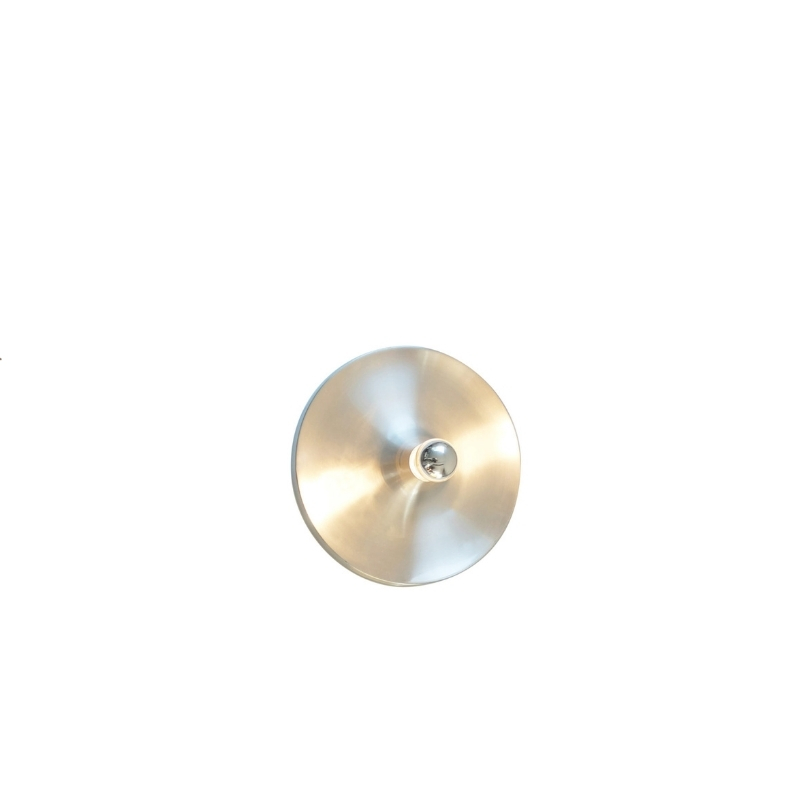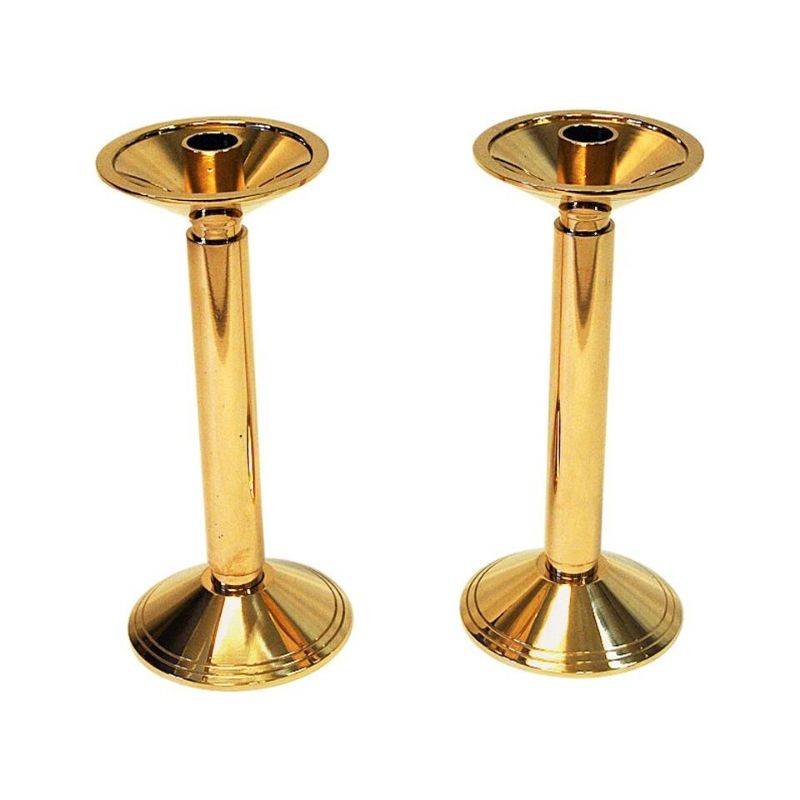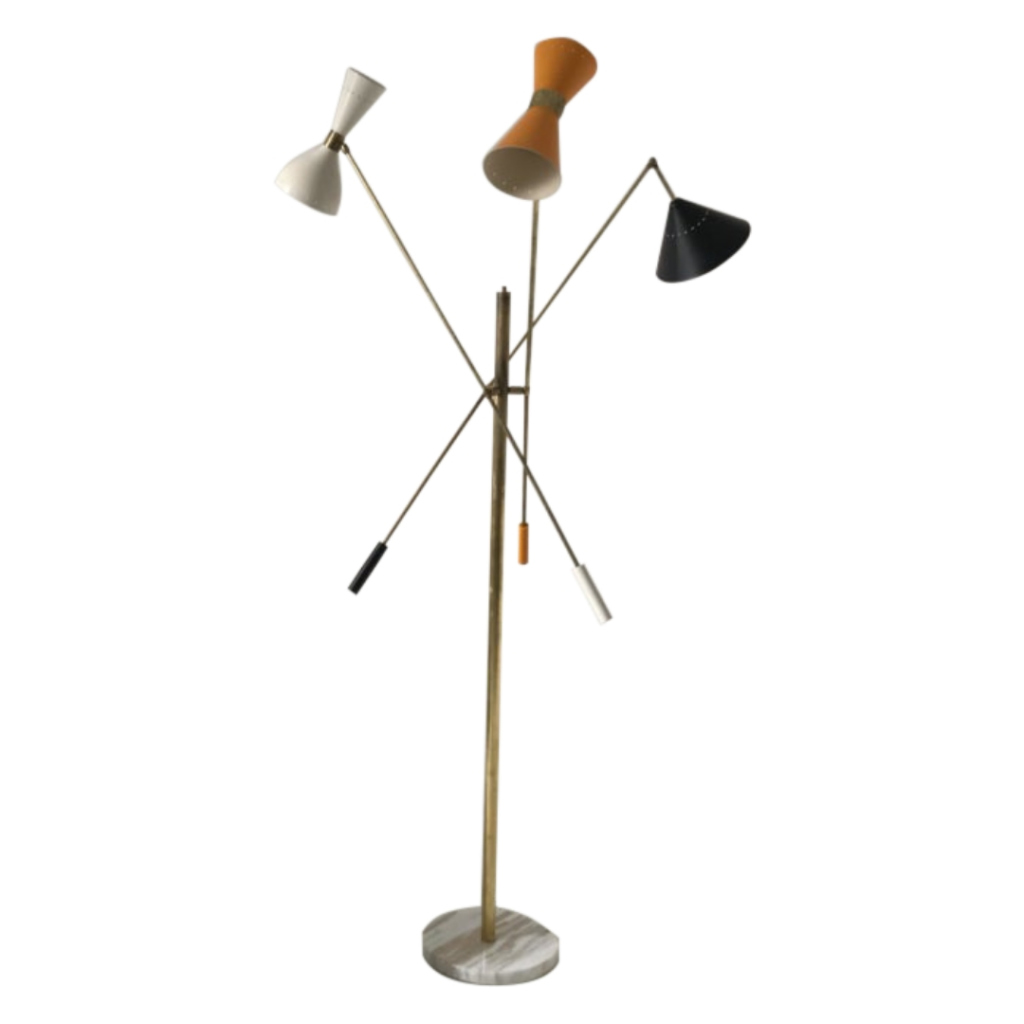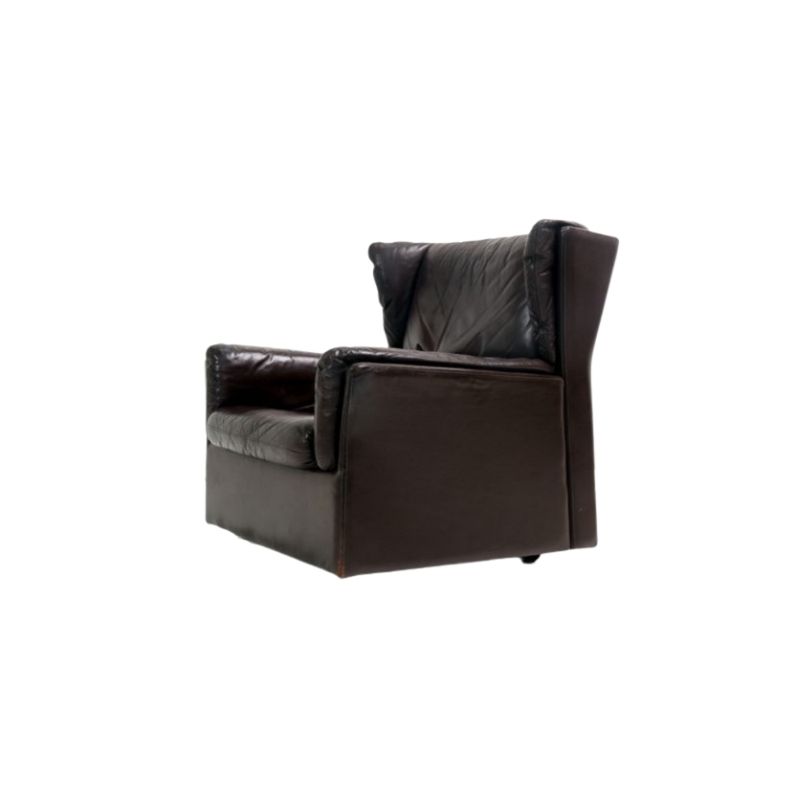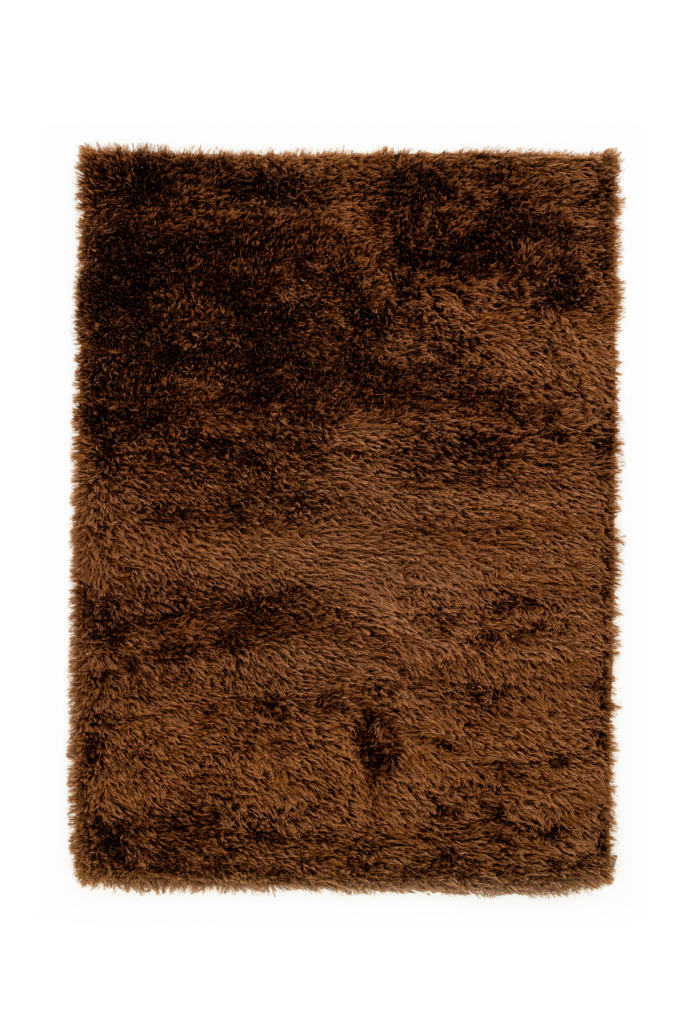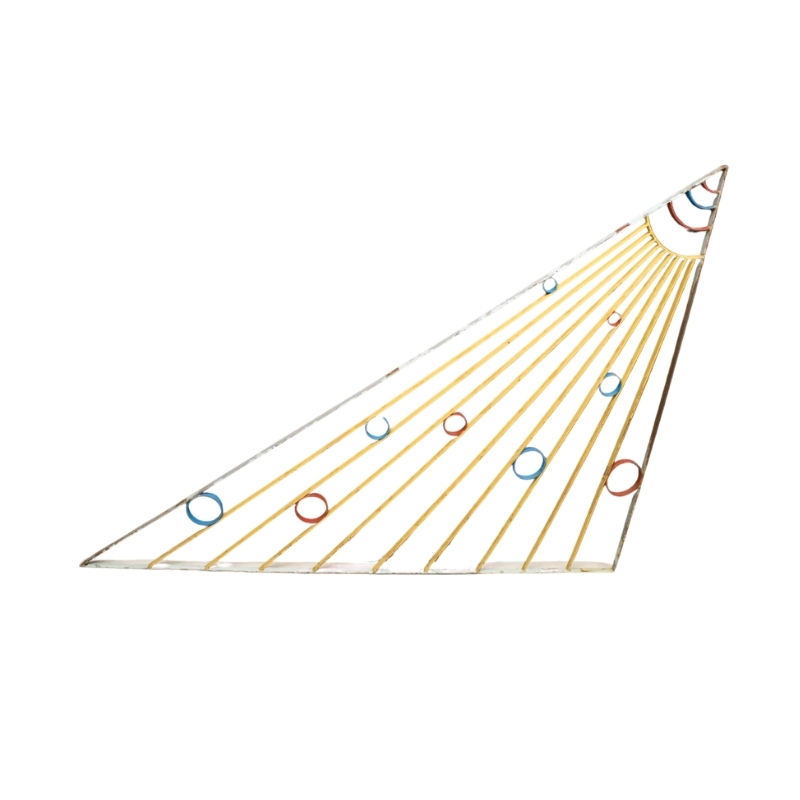Another wood type question. Usually only see reenskaug rockers in teak and afrormosia, but I picked this up a couple of months back. It originally had some type of purple/deep maroon laquer stain. I stripped that off and sanded down to the raw wood. It sort of looks like red oak, but I've never seen any danish pieces of this type. Maybe a different type of mahogany?  <img class="wpforo-defa
<img class="wpforo-defa
If you want a photo of the complete rocker, that means I have to put it together. 🙂 I have a reenskaug rocker in teak and these two are exactly the same in dimensions, taper, production, I mean everything. Let me try to find the seat as that had some nice variation in color and grain.
If you look at Australian Blackwood and Koa, both Acacias (both legumes), you will see similarities in the grain. I don't necessarily think it is either of those. And I don't think the Danes would have used either, but I think you will see what I mean. Also Guanacaste, another legume:
http://www.wood-database.com/lumber-identification/hardwoods/australian-...
http://www.wood-database.com/lumber-identification/hardwoods/koa/
http://www.rarewoodsandveneers.com/images/productimages/rarewood/Enterol...
There are lots and lots of possibilities.
Maybe with more photos....
Another example: Taverneau aka Wild Tamarind (Lysiloma latisiliquum), another legume:
http://ancientpoint.com/imgs/a/e/r/z/x/mid_century_modern_raymor_arthur_...
It is hard to understand how it could be any of these based on Danish wood selection, but it looks like them. And there are a LOT of pea family trees, with wood that look basically like that.
If it looks like Padauk, exactly like Padauk, then it probably really is Padauk. And, while it is not a usual choice for Danish furniture, it is a reasonably common exotic for studio or hobby woodworking. And I believe this would have been true 50-60 years ago in Denmark as well.
And Padaik is in the Fabaceae family, also known as the Legume or pea family.
If you doubt your own ability to identify woods, then dig up some other pea family woods at the store (there really are lots of them) and see if you think they look the same too. If they all the same, then you can doubt your abilities. If you still think it looks just like Padauk, and not the others, then I say congratulations!
If you need any help, please contact us at – info@designaddict.com



